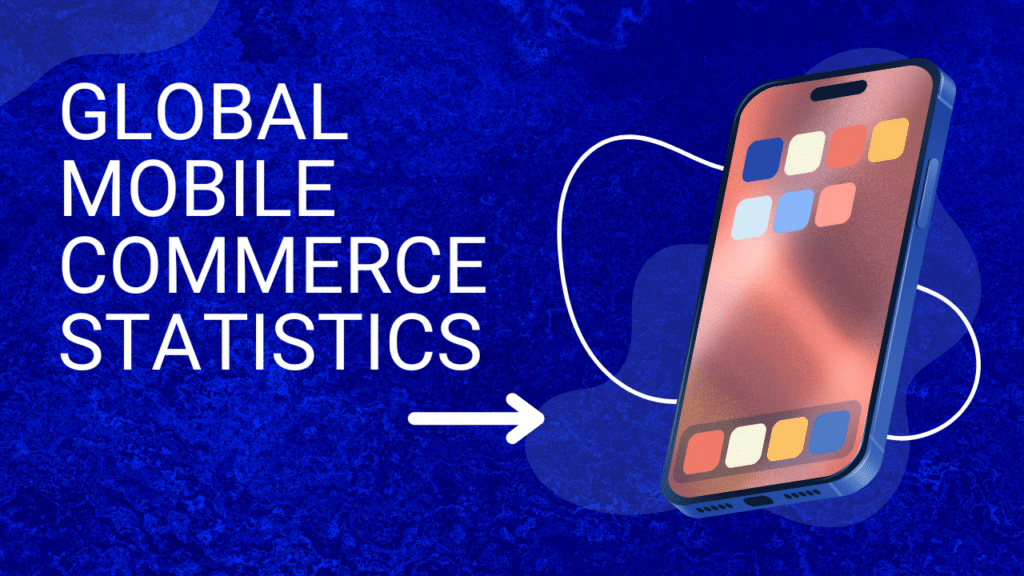
As we’ve noted in previous blogs, persona development is crucial to your site’s success. Creating hypothetical individuals that represent your market is key to increasing calls to action. But many people struggle with ways to gather and sometimes decipher through all the data because not all data is useful data. You want information that will achieve specific business goals you have set for your company.
Note that everything in your company must achieve specific business objectives, and your website should function the same way. Too many times clients focus on their growing business, yet they neglect to apply the same business objectives to their website.
There are different types of research you must gather about your site visitor before reviewing it for the final creation of personas:
1. Individualized interviews
Nothing is more effective to understand your client than one on one interviews. Ideally, you would have to find a wide range of individuals from various segments of your market and have solo relaxed discussions with them revolving around
· their history with the company,
· process when visiting the website,
· how the website compares,
· what would make their life easier if it was available on the site,
· etc.
A less-rigid environment with your clients will lead to spontaneous insights and observations that wouldn’t come out otherwise. Remember that the client’s goals, objectives, attitudes, buying behaviors are the most important traits you want to capture. Eventually you will be basing your personas on the breath and personalities of many of your interviewees.
2. Field Studies:
Interviews will always be a bit more formal, but observing customer behaviors and actions right before your eyes is a lot more revealing. When people aren’t conscious of what to say and do they will act according to their traditions and customs; which is valuable information for your purposes. It gives you a real insight to whom and what your clients are like.
You want to observe your clients in the real world, so although it is also one client at a time, they must be in their element (at the office, at home, shopping, etc.) Very often you can schedule something with your client, while other times you may decide to observe clients without their knowledge (at one of your stores for example). Deciding to observe without a client’s knowledge may lead to more normal behaviors.
Once you observe a client, make certain to have a number of questions in order to address them and gain a deeper understanding of patterns and actions you observed.
3. Usability Tests
There are ample usability testing software in order for you to gain a greater perspective of users actions. Lab testing is not as effective because once again, the client is not in their “element” and may not act according to their normal behaviors, unless of course you have the means and resources to create the perfect environment.
Usability tests conducted post interviews and field studies can give more insight to where clients find difficulties, change their minds, or are looking for a different solution on the website.
4. Surveys
Trying to get large samples with the above testing methods will prove to be quite difficult and rather expensive. However, surveying via e-mail or snail mail large samples of clients is a lot more efficient. It will not give you the depth and insight, but it can give you an overall sense in order to make certain assumptions and observe certain trends throughout the various market segments. Getting customers general feedback on the site may inspire you to do some redesigning of your own.
5. Site Traffic Analysis
Never underestimate the breadth of information that can be retrieved from various analytics testing tools. I’m very often shocked to see some of our very own client’s limited knowledge of their site traffic although they have many key client behaviors and trends displayed right before their eyes. Analytics data is very crucial to understanding how long users spend on specific pages, the bounce and exit rates, traffic sources, keyword usages, etc.
6. CRM data analysis
Examining customer records over a long period of time (purchases, financial data, etc.) is important to gain perspective on the general demographics of your market base.
These are the main sources of relevant information that you should retrieve about your clients before the creation of personas. It’s possible to base your personas on less information, however it will not be as accurate as it can be if you have this wide range of information and data.



